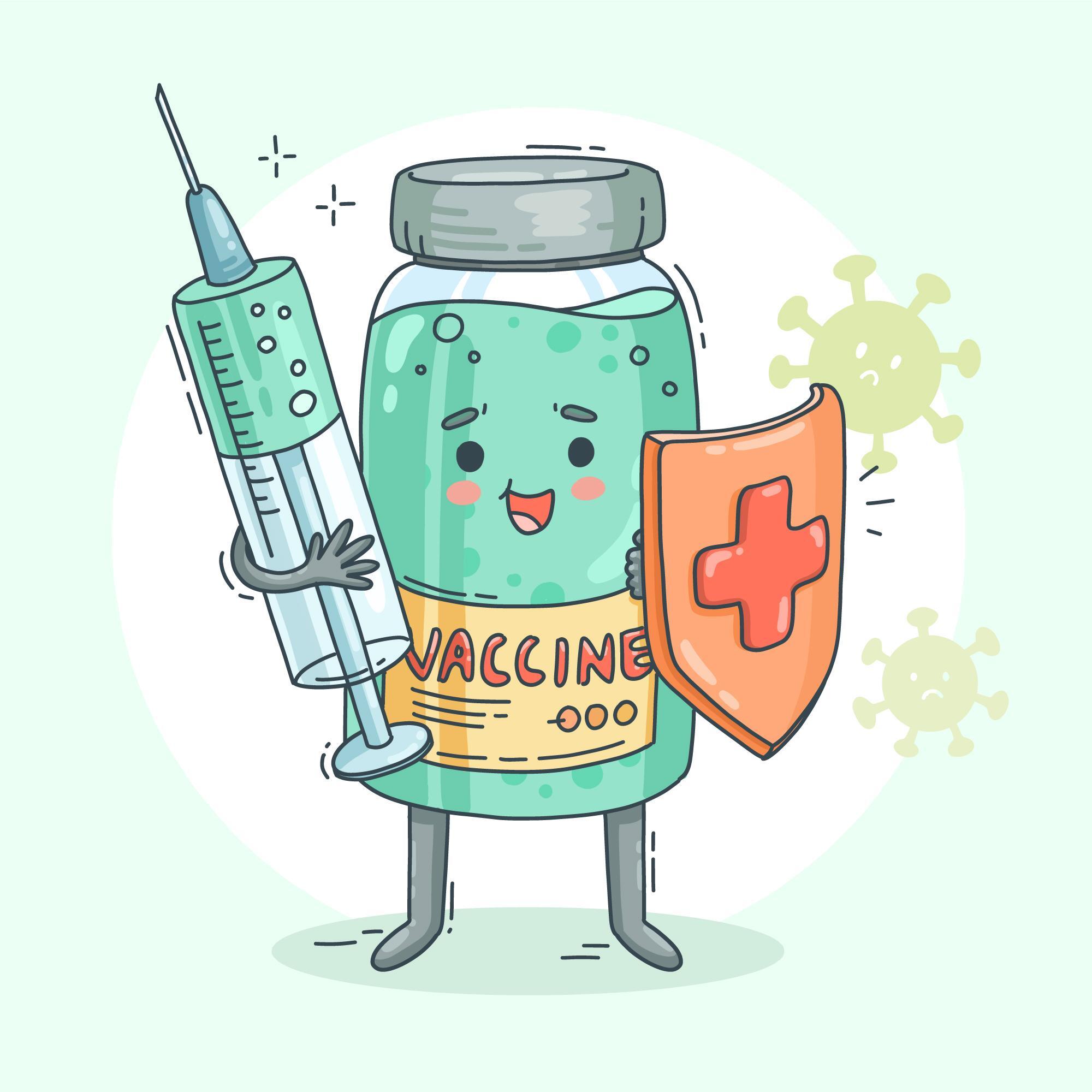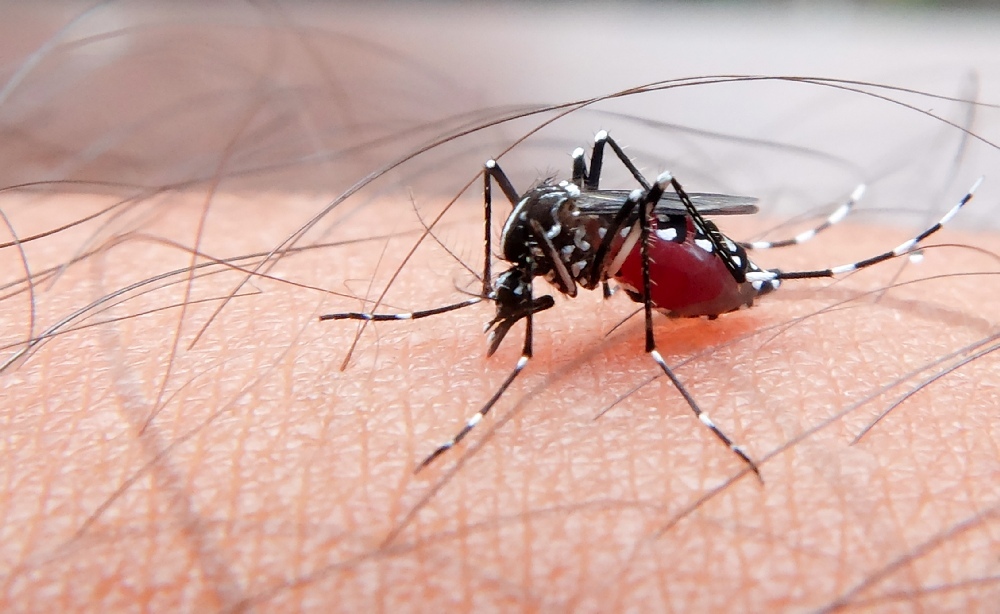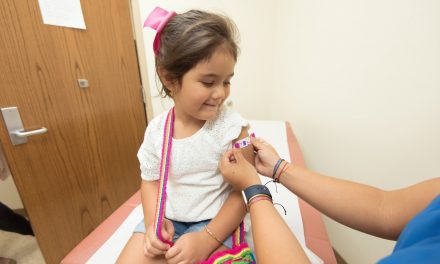Viruses and vaccines are both an inescapable part of our lives. In the recent past, masks, sanitizers, disinfectants, and COVID-19 have also become a part of our everyday lives. Vaccines are our most promising solution not just to return to normalcy but to protect from dangerous diseases. It’s imperative to understand and address vaccine concerns prominent in the public discussion, which leads to vaccination hesitancy. If you’ve been asking how are vaccines made, and more importantly, are vaccines safe, this is the blog for you.
How Are Vaccines Made
Scientists spend months, even years, cooped up in labs working on vaccinations. They have a few things to keep in mind when making them – that it must be effective, it mustn’t cause the disease, and it must be safe. Often, people suffering from certain diseases or who are immunocompromised can’t take certain vaccinations. This is because the shot could do more harm than good to their already weak bodies and immune systems.
What Are Vaccines Made Of
1. An Active Ingredient That Ultimately Provides Immunity
An active ingredient is a harmless kind of virus or bacteria that cannot cause the disease. Vaccines carry a minimal measure of an active ingredient, just around a few micrograms per vaccine. The active ingredient is present to introduce antigens, which are entirely novel features of the virus, to your immune system. Your immune system then produces a specific immune response in your body without making you sick. The immune system identifies the antigen, so if you confront the actual bacteria or virus in the future, your body is ready to react before you become ill quickly. This is what we call immunity.
In the vaccines approved for use in people, the active ingredient is either the whole virus or bacteria, which is inactivated (killed) or significantly weakened (attenuated). A new type of shot is made from genetic material (RNA or DNA) containing data for the body to generate tiny amounts of the antigen protein at the vaccination site. Vaccines in progress against COVID-19 examine all types of active ingredient distribution methods, but the most popular type is RNA vaccines.

2. Did You Know That Water Is The Main Ingredient?
Voila! The main component in a vaccine is water. The other ingredients in vaccination are present in small amounts. Most injected vaccines comprise 0.5 milliliters of liquid, in other words, several drops. All other ingredients weigh a few milligrams (thousandths of a gram) or even less. All vaccine components are present in tiny quantities, and there is no proof that they cause harm in these amounts. The exception is the small number of people who may be seriously allergic to a vaccine ingredient, even if it is present simply in trace amounts. In this case, vaccine precautions become essential.
If you look up some vaccine ingredients on the web, you may come across content stating that they could be dangerous, but most of them are present in vaccines in completely normal amounts for our bodies. Even common salt (sodium chloride), which is essential for the body’s normal functioning, is harmful in large quantities. So, vaccine constituents may sound strange, but many are present naturally in your body or diet. They are present in much more significant amounts than the quantity used in a vaccine.
3. An Adjuvant Heightens The Immune Response
Most vaccines have some amount of a substance attached to them to help build a more healthy immune response to that vaccine. These elements are adjuvants.
For vaccine administration, adjuvants are especially useful for really young babies and older people. These are the ones who have weaker immune responses to vaccines. It’s essential to examine the role of each constituent to learn that, in the tiny amounts used, they are safe.
Conclusion
Knowing about vaccines is the only way to prevent vaccine hesitancy among people. This is why the next time you hear misinformation answering the question “how are vaccines made”, ensure you right the wrongs. Read up more about vaccinations to educate those around you, and ensure your loved ones get their vaccines on time.
FAQs On How Are Vaccines Made
What Is The Composition Of The Covishield And Covaxin Vaccines?
The composition of Covishield includes inactivated adenovirus with segments of Coronavirus i.e. a weakened version of a common cold virus with the genetic material of the SARS-CoV-2 virus spike protein. The composition of Covaxin includes the inactivated Coronavirus. Inactivating it destroys its ability to replicate, but keeps it intact enough for our immune system to recognize it and produce antibodies.
Are There Any Side Effects From The Covid-19 Vaccine?
Like any other vaccine, the Covid-29 vaccines can cause short-term mild effects like lowgrade fever, body ache, soreness at the injection site or in the arm, and fatigue.
How Long Does Covid-19 Vaccine Immunity Last?
Currently, the approximate time span of the Covid-19 vaccine’s immunity is around a year. However, this is just preliminary data and clearer answers will come forth as tme passes.





